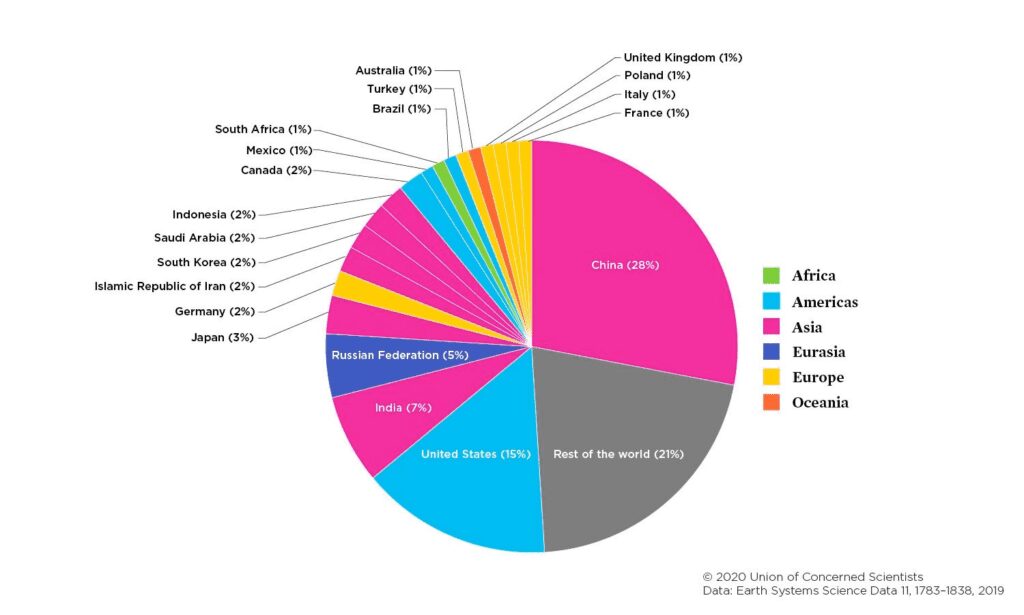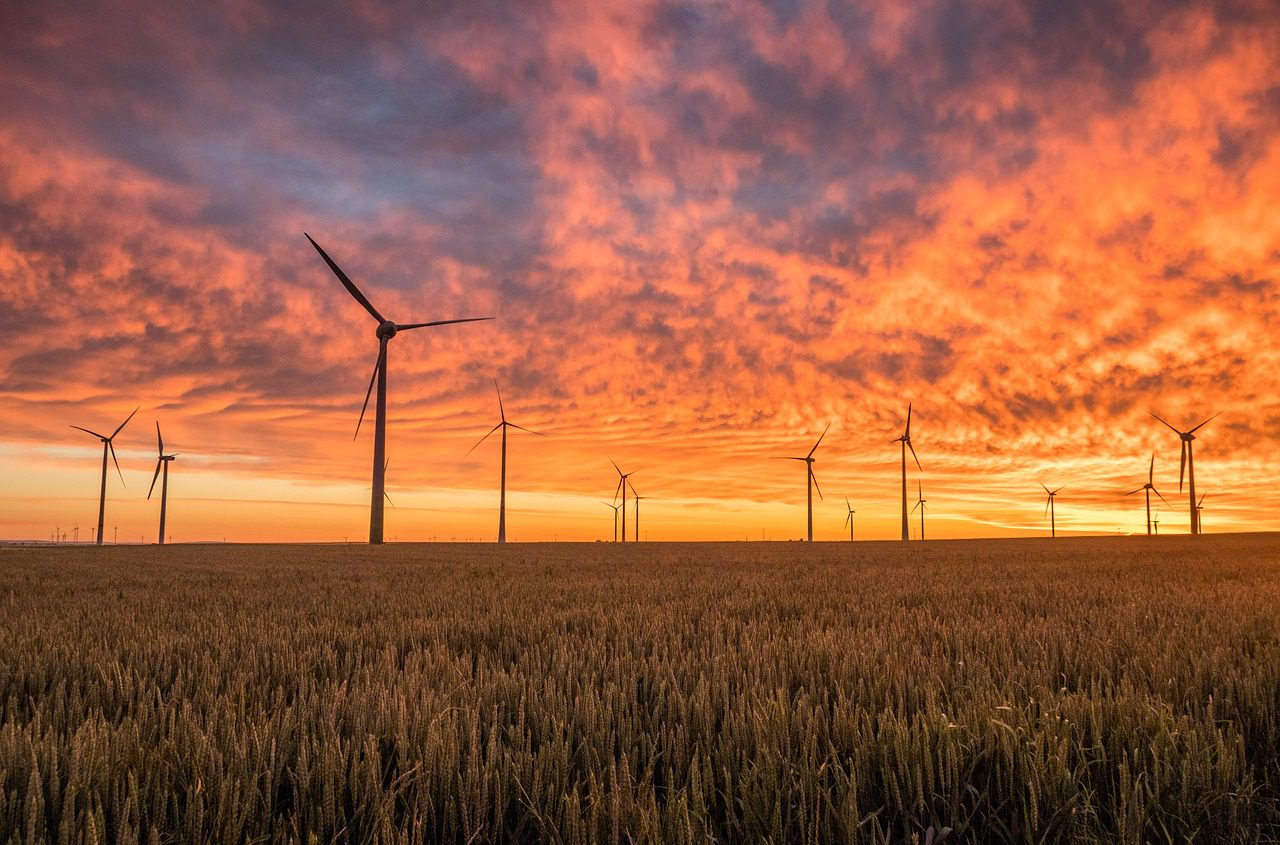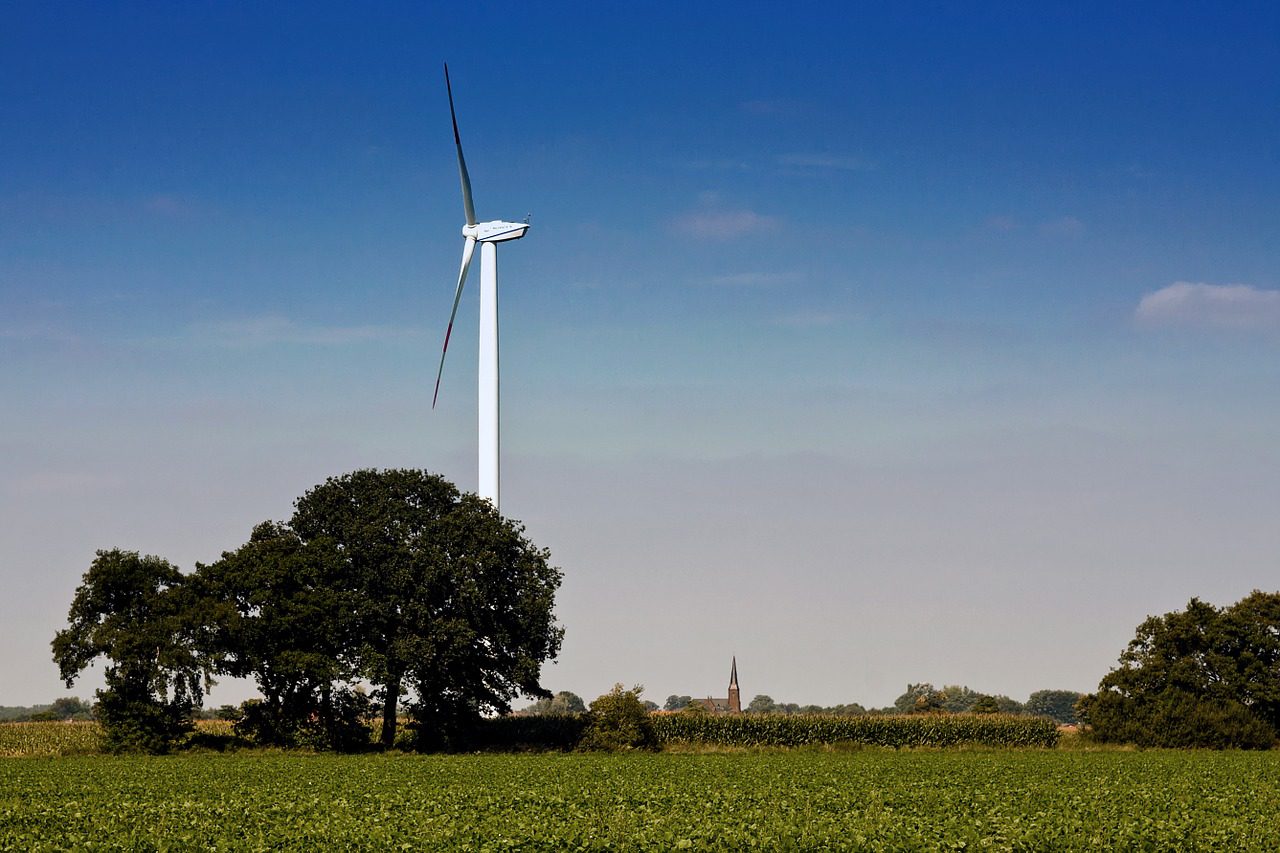In Texas, the energy industry plays an important role, particularly when it comes to green energy. Because of the prominence coal, oil, and renewable energy play in the Lone Star State, concerns over CO2 emission levels are equally important.
Burning fossil fuels and producing cement account for about two-thirds of all carbon dioxide (CO2) and industrial methane released into the atmosphere since 1854. Although the U.S. has cut more CO2 emissions than any other nation and is on pace to meet a 2009 pledge to reduce CO2 emissions by 17% (from 2005 levels) this year, global carbon dioxide emissions have still reached the highest point in human history.
The Trump administration dismantled Obama-era regulations that would have required power producers to slash CO2 emissions 32 percent below 2005 levels by 2030. China is the biggest contributor to greenhouse gases (by a large margin). The United States comes in second.

Coronavirus pandemic affects CO2 emissions
The impact on energy use and CO2 emissions due to the coronavirus pandemic has had major implications on global economies. In the first quarter of 2020, while many countries remained in full or partial lockdown, energy demand declined by 3.8 percent.
The hardest-hit industries include:
- Coal. Global demand for coal fell by almost eight percent, compared to the same time in 2019. Low-priced gas and the continued growth in renewables globally, as well as mild weather across the U.S., capped coal use.
- Oil. The demand for oil was down almost five percent in the first quarter of 2020. This was mainly due to shelter-in-place orders and reduced air travel due to COVID-19. Since air travel accounts for nearly 60 percent of oil demand globally, the impact on the demand for oil was significant.
- Gas. Although not impacted to the same degree as coal or oil, gas still saw a two percent reduction in demand in the first quarter of 2020.
- Electricity. Experts estimate the demand for electricity since the COVID-19 lockdown has decreased by about 20 percent. However, residential demand for electricity actually saw an increase and far outweighed the reduction in commercial and industrial operations as businesses remained closed.
- Renewables. This is the only energy source that saw an uptick in demand.
Energy companies step up to address climate change
Every year the Center for Climate and Energy Solutions (C2ES) addresses how the industry impacts changing weather patterns and greenhouse gas emissions. An increase in droughts, wildfires, and hurricanes, climbing temperatures, and rising sea levels have energy companies scrambling to address the consequences of climate change on weather patterns and the environment.
However, in the past six months, climate change has taken a backseat to the COVID-19-related conversation. Even so, according to the Oil and Gas Climate Initiative, nearly a dozen energy companies worldwide have agreed to cut the output of emissions by 36 million to 52 million tonnes (a metric unit of mass equal to 1,000 kilograms) per year by 2025.
Energy-related CO2 Emissions from Industry, 2019

How are CO2 emissions produced?
Industries produce products and raw materials for use every day. The greenhouse gas emissions that industries emit are split into two categories, direct emissions, and indirect emissions. The emissions come from the use of machines, computers, processing raw materials, heating and cooling buildings, use of petroleum in production, chemical reactions, and more.
- Direct emissions are produced on-site at the facility
- Indirect emissions are produced off-site and result from a facility using energy.
It’s difficult to weigh the cost to reduce greenhouse gasses for companies over time. Obviously, the long-term gains to the environment will far outweigh short-term expenses. There is no economy-wide tax on carbon. Instead, greenhouse gas mitigation policies provide subsidies aimed at certain technologies, like solar and wind generation and biofuels.
The role of renewable energy
Although all sources of energy have an impact on the environment, renewable energy – solar, wind, hydroelectric, geothermal, and biomass – has substantially less. However, that’s not to say that renewable energy has no environmental impact.
Wind. Wind power produces no global warming emissions or toxic pollutants. However, wind power can impact wildlife, birds, and natural habitats. Land use and copper consumption can also cause issues for the environment.
Solar. Solar power produces electricity from the sun, which is cost-effective and leaves little impact on the environment. However, it can have an impact on greenhouse emissions with the use of hazardous materials during manufacture.
Geothermal. Geothermal plants use technology to convert resources from deep within the earth’s crust to electricity. Depending on the technology used, it can affect emission levels in the air.
Biomass. Both biomass power plants and fossil fuel power plants use the combustion of feedstock, like agricultural waste, forest products, and manure to generate electricity. How the biomass is generated and harvested can affect land use and add to global warming.
What can you do?
While you may not be able to influence large companies to change manufacturing processes, there are a few things you can do to stamp out even a small portion of greenhouse gases and CO2 emissions.
- Use your own reusable bottle or cup for water or coffee.
- Replace efficient bulbs in your home.
- Keep your thermostat a few degrees warmer or cooler.
- Recycle.
- Turn off the lights when you leave the room.
- Walk or bike to work.
- Don’t select one-day shipping unless necessary.
- Get outdoors, but pick up your litter.
- Use the SaveOnEnergy marketplace to find and compare renewable energy plans and rates available in your area.
The original article by the Save On Energy Team was published at saveonenergy.com
Author Info:
Kathryn Pomroy is a freelance journalist from Minnesota who has written for dozens of major publications, magazines, and many well-known person finance companies. She is also knowledgeable in energy-related topics like renewable energy, climate change, and greenhouse emissions. Kathryn holds a BA in Journalism.
Featured Image Credits: Pixabay

You May Also Like:
Make a Solar Loan – Help the Planet
(Courtesy of renewables.org)







